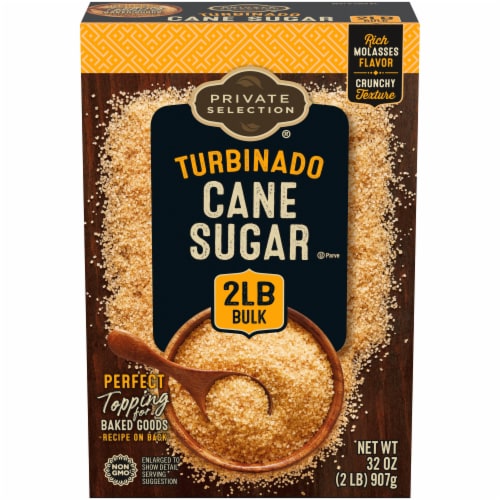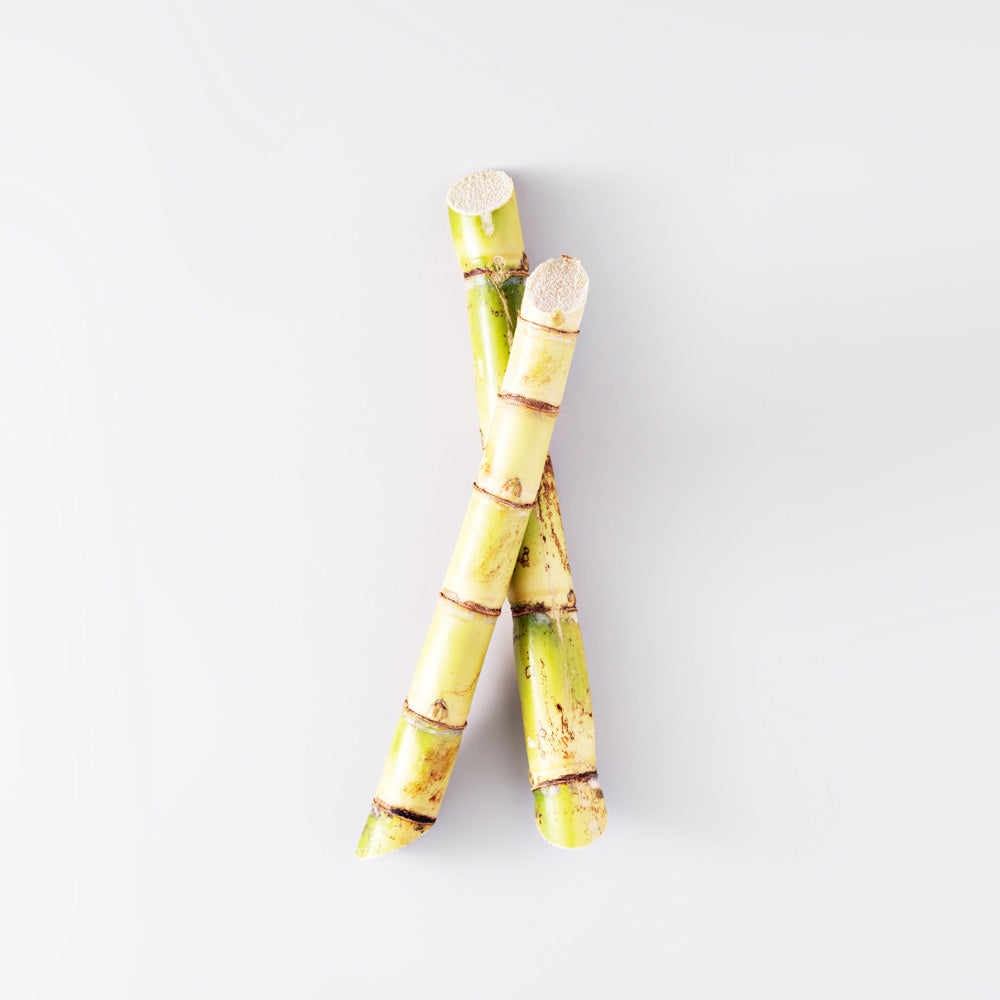Advanced Cane Sugar Processing: Enhancing Performance and Sustainability
Advanced Cane Sugar Processing: Enhancing Performance and Sustainability
Blog Article
Exploring the Comprehensive Tips Associated With Walking Stick Sugar Handling From Gathering to Refinement
The procedure of cane sugar manufacturing includes a series of elaborate actions, beginning with the mindful harvesting of sugarcane and finishing in the improvement stages that guarantee the final item meets market standards. Each stage, from the extraction of juice to the purification and formation processes, plays an important duty in identifying the quality and character of the sugar.
Gathering Sugarcane
Gathering sugarcane is an essential action in the walking cane sugar handling chain, as it directly affects the high quality and return of the end product. Proper timing and methods are necessary throughout this stage to make sure optimal sugar web content and minimize losses. Normally, sugarcane is collected when it gets to maturity, usually 12 to 18 months after planting, identified by a high sucrose concentration.

Post-harvest, the sugarcane has to be processed quickly to avoid sucrose deterioration. Ideally, harvested walking cane should be transported to processing centers within 1 day to maintain sugar top quality. For that reason, efficient logistical planning is crucial to maintain the stability of the collected plant throughout the supply chain.
Extraction Refine
:max_bytes(150000):strip_icc()/ms-sugar-getty-cfed0662acca49f7b6e52c593767dfb9.jpg)
The crushed cane is subjected to a collection of pushing procedures to take full advantage of juice healing. Generally, warm water is sprayed onto the smashed walking cane, producing a countercurrent flow that helps dissolve the sugar while likewise helping in the removal process. The juice accumulated from this procedure consists of not just sugar but likewise numerous organic compounds and pollutants.

To boost removal performance, some centers might utilize diffusion methods, where the sugarcane is soaked in hot water, permitting the soluble sugars to diffuse into the liquid. The resulting juice, rich in sucrose, is then routed to succeeding processing stages, laying the foundation for filtration and improvement. The extraction procedure is therefore critical in determining the top quality and return of the final sugar product.
Purification Techniques
The filtration techniques employed in cane sugar processing are vital for transforming the raw juice right into a high-quality sugar item. These techniques largely aim to remove pollutants, such as dirt, plant materials, and inorganic compounds, which can negatively impact the last item's taste and color.
This procedure includes including lime and warm to the raw juice, which helps with the coagulation of impurities. Furthermore, the usage of phosphoric acid can improve the explanation procedure by additional binding contaminations.
One more significant method is carbonatation, where carbon dioxide is introduced to the clarified juice. This reaction creates calcium carbonate, which records remaining impurities and advertises their YOURURL.com elimination.
Moreover, activated carbon therapy might be put on adsorb any continuing to be colorants and organic impurities, ensuring an extra refined product. The mix of these techniques properly prepares the sugar juice for succeeding action in the refining process, setting the phase for the manufacturing of high-grade walking cane sugar.
Crystallization Techniques
After the purification stage, the following important action in cane sugar processing includes crystallization approaches, which play a crucial duty in transforming the cleared up juice into strong sugar. This process generally employs 2 main methods: spontaneous crystallization and regulated crystallization.
In spontaneous condensation, supersaturated sugar options are enabled to cool naturally, leading to the development of sugar crystals over time. This method permits for the uniform development of sugar crystals and greater pureness.
During condensation, the clarified juice is focused with dissipation, raising its sugar content till it reaches supersaturation. Once this point is attained, either approach can help with the crystallization process. Cane Sugar Processing. The resultant sugar crystals are then separated from the remaining syrup with centrifugation
Ultimately, the choice of crystallization approach impacts the quality, size, and purity of the final sugar product, making this step crucial in the overall cane sugar processing procedure.
Refinement and Packaging
How can the purity and top quality of cane sugar be further improved after condensation? The improvement process plays a critical role in achieving premium cane sugar. Following formation, sugar undertakes a thorough washing to remove pollutants and recurring molasses. This is generally accomplished making use of cozy water or heavy steam, which assists liquify and remove undesirable elements while maintaining the sugar crystals.
Following, the sugar is subjected to a process called centrifugation, where it is spun at broadband to separate the cleansed sugar crystals visit site from the staying liquid. After centrifugation, the sugar is typically more fine-tuned with an approach called carbonization or phosphatation, which utilizes activated carbon or phosphoric acid to get rid of shade and off-flavors.
Once improved, the sugar is dried out to attain the wanted wetness content, ensuring that it continues to be stable throughout storage space and transportation. The final action involves product packaging the refined sugar in moisture-proof and closed containers to keep its top quality and avoid contamination. Cane Sugar Processing. Proper packaging not only prolongs life span but likewise promotes simple handling and distribution, making sure that customers receive sugar that meets the highest possible requirements of purity and quality
Conclusion
The detailed steps associated discover here with cane sugar handling, from the meticulous harvesting of sugarcane to the elaborate improvement and packaging stages, highlight the relevance of each stage in making certain top quality sugar production. Ideal harvesting strategies, reliable extraction approaches, and strenuous filtration processes collectively add to the end product's pureness and security. The crystallization and subsequent product packaging techniques even more boost the stability and life span of the sugar, highlighting the complexity and precision integral in this crucial farming industry.
The process of cane sugar production encompasses a series of complex steps, starting with the careful harvesting of sugarcane and finishing in the improvement stages that make sure the final item meets sector requirements. Ideally, collected walking cane must be moved to refining facilities within 24 hours to preserve sugar top quality.In spontaneous formation, supersaturated sugar solutions are allowed to cool normally, leading to the formation of sugar crystals over time - Cane Sugar Processing. The refinement process plays a crucial duty in attaining top notch cane sugar.The detailed actions entailed in walking stick sugar handling, from the precise harvesting of sugarcane to the elaborate improvement and product packaging phases, underscore the importance of each stage in guaranteeing top notch sugar production
Report this page